- Thursday, April 17, 2025
From discovering water and mineral resources on the celestial body to triggering a new space race to intensifying geopolitical rivalry on Earth, the south Asian nation’s frugal mission has a lot of implications, experts tell India Weekly.
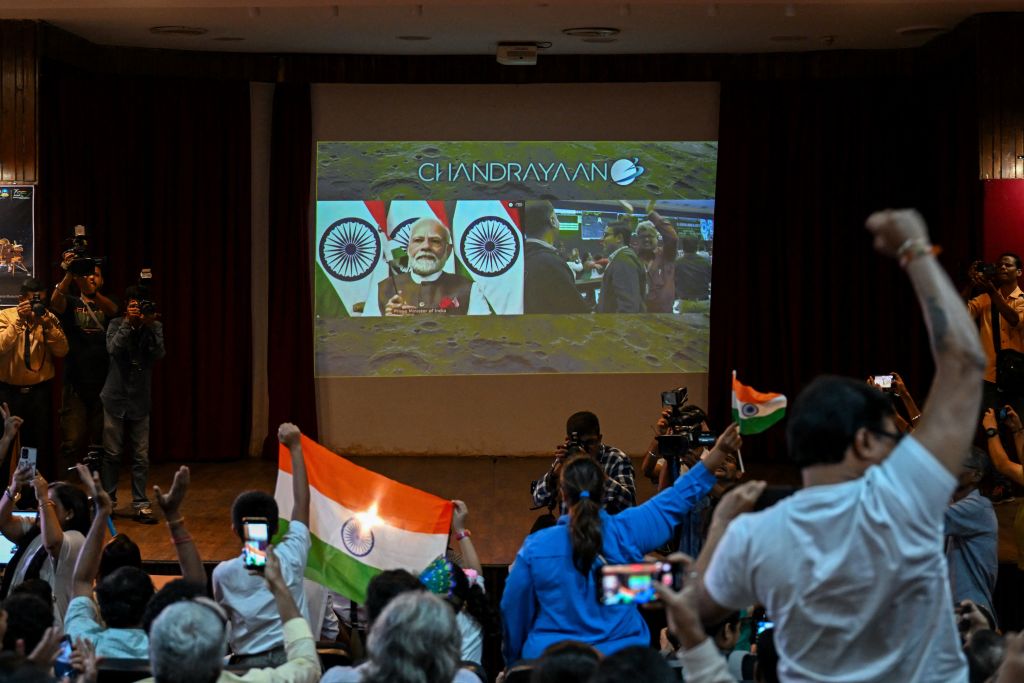
By: Shubham Ghosh
“I SALUTE your patience, I salute your dedication, I salute your never say die spirit…,” prime minister Narendra Modi said on August 26 as his voice shook while addressing the scientists at the Indian Space Research Organisation (ISRO) who successfully landed the country’s Chandrayaan-3 lunar mission on the moon after a journey of 41 days.
The leader decided to head back straight to the southern city of Bengaluru once his tour of South Africa and Greece ended, to be at the ISRO’s headquarters to congratulate the scientists. He was in Johannesburg, South Africa, for the BRICS summit on the day the historic lunar landing happened – August 23 – and virtually took part in the success party. “I was away but my heart was always with you,” the 72-year-old Modi said, visibly choking with emotion when he was back home and addressed the brains behind the cosmic success.

India’s emotional attachment with its lunar missions is not new. In September 2019, K Sivan, former chief of ISRO, broke down in public and Modi was seen comforting him after Chandrayaan-2 crashed to narrowly miss the goal of landing on the moon. Both Sivan’s tears on that occasion and Modi’s emotions four years later made it evident how much significance the lunar mission’s success holds for India, more particularly after it became the first country to touch down on the celestial body’s unexplored south pole and the fourth overall to land on the moon’s surface.

“This is the first time a nation has successfully landed on the moon’s south pole which is a strategic area consisting of resources such as water ice, and elements such as aluminium, titanium, magnesium and iron ore that can be utilised for future human habitation. So, the successful landing of Chandrayaan-3 on the south pole is very significant,” Namrata Goswami, professor of Space Policy at the Thunderbird School of Global Management in Arizona State University, US, told India Weekly.
Sujan Kumar Sengupta, a senior professor at the Indian Institute of Astrophysics in Bengaluru, an autonomous institute under the country’s ministry of science and technology, also feels the same.
“South pole is a very important location because the interior of the craters of this region has not received sunlight for billions of years, which leaves the primitive volatile materials intact inside the craters. This may include water ice, hydrogen and helium-3. We estimate the water content of a celestial object by measuring the ratio of deuterium, an isotope of hydrogen, to the ordinary hydrogen. This is because deuterium is heavier than hydrogen and so needs more energy to escape the surface gravity of the object. In the lunar south pole, we can find a much better estimation of the initial water content in the moon,” he told this publication.

“It’s the south pole that retains much of the materials without reprocessing by solar ultraviolet rays. Therefore, it may provide us a better idea about the situation under which the moon was formed 4.5 billion years ago. Besides, the lunar south pole may contain precise minerals such as uranium or plutonium,” he added.
Sengupta added that Chandrayaan-3 mission, which was launched from Sriharikota in the southern state of Andhra Pradesh on July 14, has three key scientific activities to be carried
out on the moon. The main orbiter, Chandrayaan-3, itself will monitor the natural satellite by using a powerful instrument called spectropolarimeter.
“The light reflected from the lunar surface is highly polarised by the scattering of dust and various surface materials. Data acquired by this instrument will derive the chemical and optical properties of the lunar surface,” he said.
Apart from the orbiter, the Vikram lander will measure the thermal and geological properties of the place where it landed and the Pragyan rover has an instrument called Laser Induced Breakdown Spectroscopy which will analyse chemical properties after small stones and dust particles are broken with a strong laser ray.
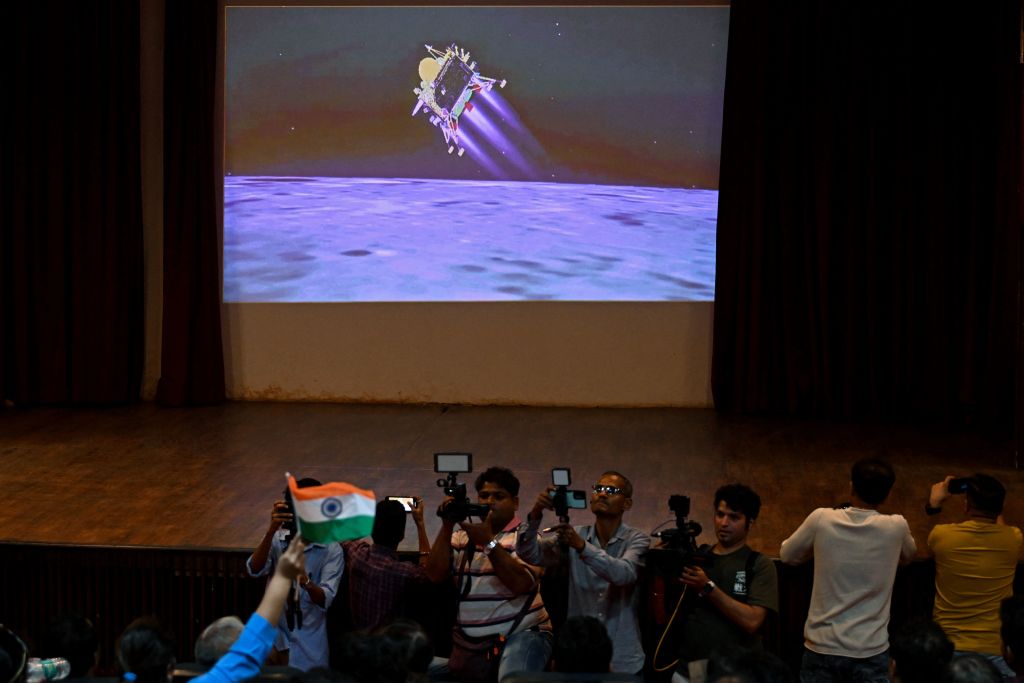
Professor Sengupta also said that the success of India’s mission could also throw light on the origin of the moon itself. He said unlike the satellites of other bigger planets such as Jupiter and Saturn, it is widely believed that the moon was born out of a collision between the Earth and a rock of Martian size about 50 million years after the birth of our planet.
“A more careful chemical analysis of the materials in the south pole of the Moon may either support this concept or may completely prove us wrong,” Sengupta told India Weekly.
However, the success of Chandrayaan-3 is not limited to the borders of the moon but also has implications for India back on Planet Earth, in terms of economics and geopolitics.
Goswami, who is the author of Scramble for the Skies: The Great Power Competition to Control the Resources of Outer Space, said the Chandrayaan-3 mission implies that India has an end-to-end space capacity that can land on the moon and study its surface.
“This should attract foreign direct investment (FDI) in this sector as proven technologies do towards developing them further to support large scale development of the moon, with commercial benefits. India has decided this year to privatise its space sector and attract FDI. Such a policy change also helps,” she said.
Geopolitically, too, Chandrayaan-3’s success has significance. According to Goswami, the success of India’s latest space mission adds to its geopolitical image as it has a demonstrated capacity in cislunar space (space between Earth and the moon).

“In June 2023, India signed the Artemis Accords conceptualised by the United States to send humans back to the moon and build a base camp and permanent presence. So, India’s successful landing means that India is the only Artemis Accords signatory with proven capacity to land on the moon in the 21st century. We saw with Russia’s Luna-25 failure that 20th century lunar successes like the Luna 24 might not be an advantage at all for a nation as it has to develop new technologies to be on the moon,” she told India Weekly.
The Artemis Accords set out common principles, guidelines and best practices that can be applied to the safe exploration of the moon and eventually beyond. India became a signatory to the three-year-old Artemis Accords during prime minister Modi’s state visit to Washington DC.
Indian strategic security expert Col Ramani Hariharan, who had served in the Indian Army for nearly three decades as a military intelligence specialist on south Asia, terrorism and counter insurgency, feels the success of the lunar mission also affects New Delhi’s stature in the south Asian and adjoining regions where it is pitted against hostile neighbours such as China and Pakistan.
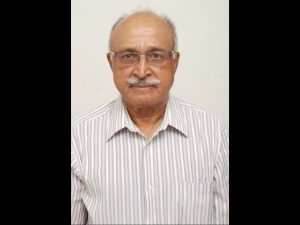
“Chandrayan-3 success is likely to make China relook at India’s research and tech effort in ‘Aatmanirbhar’ (self-reliant) projects related to military weapons and procurement efforts with seriousness,” he told India Weekly.
He said that post Chandrayaan-3, China could also reassess India’s strategic moves in south Asia and Indian Ocean Region to regain its influence. According to him, the upcoming elections in south Asian nations such as Bangladesh and the Maldives could also seem to be stoking anti-India lobbies with the help of Chinese funds after India’s major success in space.
Goswami also agreed that the race for space is getting strategically more competitive and that stakes were very high for the Indian mission to demonstrate that the landing was successful, especially after Luna-25’s crash.
“China is sending a lander to the South Pole of the moon next year to collect samples for their ambitions to set up a research base on the moon by 2036. Japan is launching to the moon on August 27 (it was postponed because of weather conditions).
“The reason the lunar missions are becoming critical is because there is a realisation in countries about the strategic significance of the moon, to include its value to support further economic development of cislunar space and as a pit stop for missions to deep space. The moon has resources such as water ice that can be turned into oxygen for human support and rocket fuel and helium that can be used as fuel for nuclear fusion,” she said.
Goswami added that India is already a space power with an independent ability to launch, develop its own satellites, lunar and Mars missions and now even a mission to the sun-Earth Lagrange point. She also cited India demonstrating an anti-satellite weapon in 2019.
Retired commodore R Seshadri Vasan, director general of think tank Chennai Centre for China Studies, which is based in the southern city of Chennai, said India’s defence sector would also be a beneficiary of the mission as there is a greater dependence on space-based assets.

“The commercial aspects of space-based investments will favour India as it has demonstrated how it aids the return on investment (ROI) compared to many other nations working in the area,” he told India Weekly.
“Although China shot down its own satellite way back in 2007 to say that it has the ability to shoot down prowling satellites, it would mean that certain thresholds have been crossed to have a full-blown war. There would be increased emphasis on preparation to prevent the ill-effects of all-out wars with space being at the centre of future conflicts,” he added.
On India’s role as a space power and its implications in south Asia, Vasan said the region’s biggest country has already taken a lead by making satellite services available to the SAARC (South Asian Association for Regional Cooperation) countries.
Explaining how India’s space mission successes can see it grow into a formidable geopolitical force, Vasan said the SAARC satellite has a precedent of promoting the collective interests of the region and SAARC countries with the exception of Pakistan would gain from the expertise and experience of ISRO.
More nations are turning to India due to its credentials and it would be a win-win situation for both India and the countries that are looking to gain from its experience, Vasan said.
India’s frugal expedition to the moon has also been discussed and debated at various quarters. Compared to its global peers, India’s space missions have been cost-effective, sometimes cheaper than films made in Hollywood and even India’s Bollywood. The Chandrayaan-3 mission cost the country $75 million (£60 million), which is much lesser than the Luna-25 mission that cost around $200 million (£159 million). The country’s Mars mission launched in 2014 cost $74 million (£59 million).
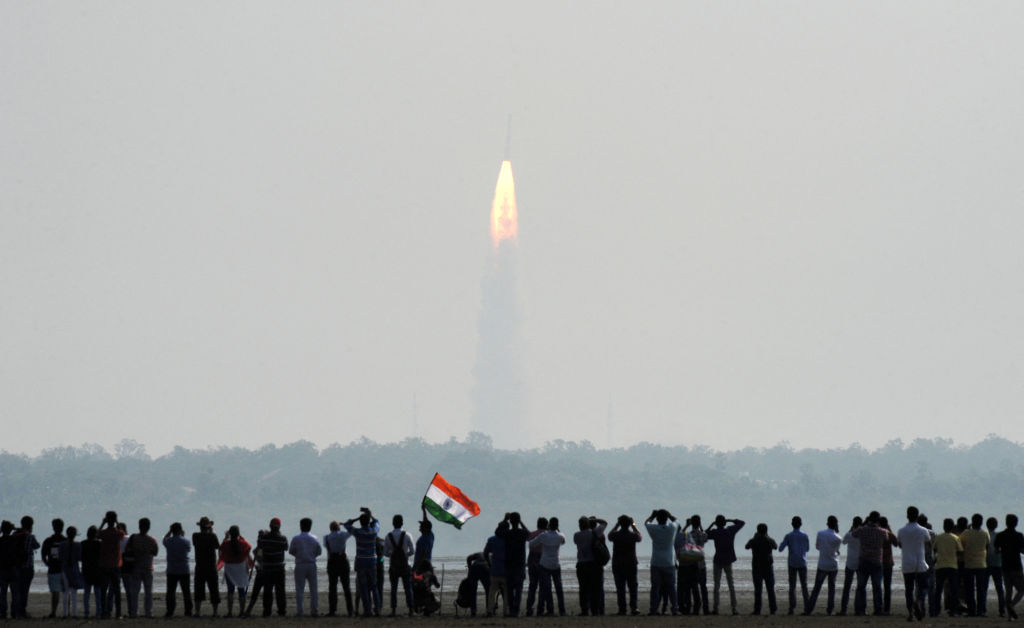
Speaking on the implications of such ‘cheap’ space missions that India started, Goswami said, “Space development has to be sustainable and cost effective.”
She said the US Apollo programme cost about $25.8 billion (£20.5 billion) between 1960 and 1973, about $260 billion or £207 billion adjusted to 2023 inflation of the dollar and it was because of the exorbitant costs that the US closed it down.
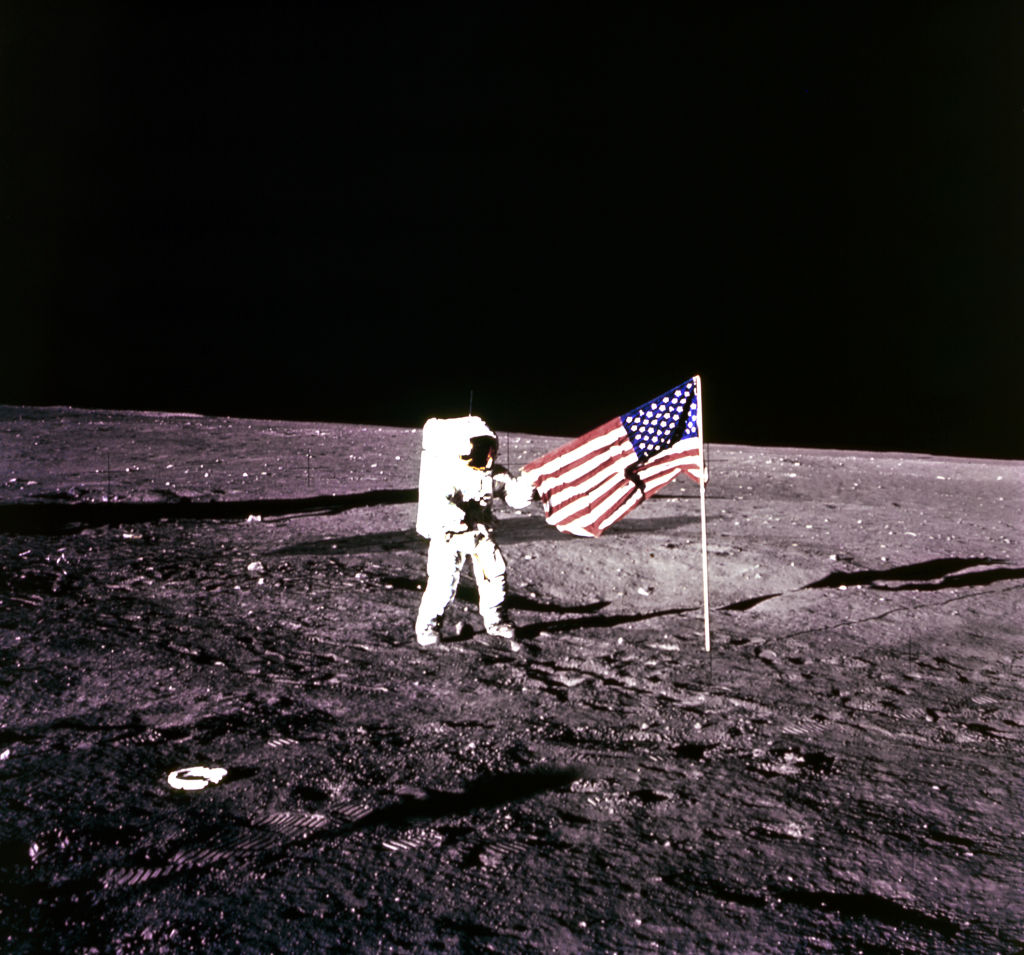
“The Artemis landing system, the Space Launch System that NASA has developed with Boeing, costs $4 billion (£3.17 billion) a launch. Such an expensive system is not sustainable. The Indian mission teaches the world that space can be done cost effectively. The challenge now will be to develop a heavy lift rocket and launch heavier lunar missions at a cost-effective rate,” she told India Weekly.
While many saw the space race getting triggered more following the launch of India’s lunar mission, Modi took a more cooperative approach while lauding his country’s success. Following Chandrayaan-3’s successful landing, an elated PM said the success belonged to all of humanity and it would help moon missions conducted by other countries in the future. “We can all aspire to the moon and beyond,” he said.
Professor Sengupta sees a cohesion instead of competition between nations when it comes to lunar missions. He said while India prepares for other missions such as launching first-ever space-based solar observatory spacecraft Aditya L1, mission to Venus and the human mission, there is no competition between countries.
“There may be a demonstration of technological capacity. But all space missions by any country will ultimately benefit mankind and the progress of human civilisation,” he said.
Celebrating the victorious launch of #Chandrayaan-I on Oct 22, 2008, then Gujarat CM @narendramodi made a special trip to SAC Ahmedabad to cheer on the scientists.
He also delivered the Gujarat Cabinet’s resolution congratulating #ISRO on this incredible accomplishment.… pic.twitter.com/GcXaCj5sPh
— Modi Archive (@modiarchive) August 25, 2023
In India, too, the success in space has its positive consequences. Modi’s leadership encouraging space research is often appreciated. In 2008, Modi, as the chief minister of the state of Gujarat, had visited the ISRO centre in Ahmedabad in his state to praise the scientists following the launch of Chandrayaan-1, India’s first lunar probe.
There, while anticipating bigger achievements in the days to come, Modi had even told the scientists that while they did all the hard work, it was people like them who got the credit. He also remarked that the benefits of such success are also reaped by the common man.
After becoming the PM, Modi did not lose track of the space mission and as Col Hariharan said, Modi’s unflinching support to ISRO in the last nine years not only encouraged it to go the extra mile, it also showed that the commitment of political leadership is key for scientific and technological progress in developing countries.
The successful landing on the moon is also an encouraging feat as far as India’s scientific and technological sector is concerned, feels professor Sengupta as he said the excitement and interest generated among the common taxpayers may help to garner more financial support for future space missions and that would encourage more talents in the scientific and technological field.
Goswami said India needs to invest in nurturing top science talent.
“With advanced manufacturing, artificial intelligence, robotics, quantum, and space technologies becoming the strategic technologies of the future, Indian education will have to start early in nurturing, encouraging and strategically building such talent. For that, there has to be scholarships, education policy and innovation policy that builds the work force. Competitive salaries will become key in attracting and retaining talent.” she said.
The mission also saw dedicated contributions from various micro, small and medium enterprises that supplied materials for the project and their hard work was widely acknowledged, including by ISRO.
Veteran American journalist Miles O’Brien who specialises in science, technology and space recently said in an interview that there are now about 140 small space start-ups in India luring investment worth several hundred million dollars and it shows the kind of industry that space is evolving in that country.
Another significant aspect of the Chandrayaan-3 success story is the contribution made by ISRO’s women scientists. Modi made a special mention about the women and their efforts behind the successful mission during his visit to ISRO to thank the scientists.

Among some of the notable women names who played a major role in the success of Chandrayaan-3 are Dr Ritu Karidhal Srivastava, Nandini Harinath, Anuradha TK, Minal Rohit, Moumita Datta, Tessy Thomas, among others.
The prime minister also named the place where the Indian spacecraft landed on the moon as ‘Shiva Shakti’ and ISRO chief S Somnath praised the move saying the name was a combination of man and woman and spoke about the contribution that women at ISRO made.

India Weekly tried to connect with Dr Srivastava but could not. It also tried to get a reaction from Anuradha TK but she could not as she was on a tour of North America.
Sudheer Kumar N, director, Capacity Building and Public Outreach, ISRO, who spoke briefly with India Weekly saying senior people in the space agency were busy with the Aditya L1 launch in September, lauded the women scientists at ISRO.
“Women scientists are always part of Team ISRO for every mission. They also contribute at par with others and according to responsibilities assigned to them. Women scientists at ISRO are spread across all the centres of the agency and at all levels,” he said.